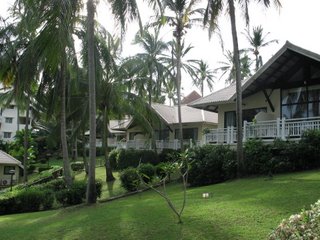Up until this date, according to Blogger stats, I have had just under 120,000 page views. Not a huge amount compared to many others eg, Doctor Grumpy, but the blog has been written mainly for family, friends and as bit of a personal diary. That it has managed to collect a few other regular readers on the way is a bonus.
The top 5 posts have been:
- Fish, Milk, Eggs and Nuts in Wine?
- Pruning Grapevines
- Sulphites in Wine
- Ampelography
- Some Fish of the Great Barrier Reef
The top 5 audience countries are:
- United States (30%)
- Australia (20%)
- Russia
- United Kingdom
- France
 |
| Page Views by Country |
Anyway, since this blog has basically concentrated on wine and wine growing I thought it appropriate for #600 to continue with that theme.
As mentioned before, Vintage 2017 has begun. Grapevine growth after bud burst is very rapid.
The various stages of growth are documented. The most common is the modified Eichhorn Lorenz system or modified E-L System.
This provides a simple listing of major stages as well as detailed intermediate stages.
For commercial growers, knowing the growth stage of grapes during the growing season has many useful applications.
If problems arise during the growing season, a grape specialist helping solve problems will need to know what stage of development the grapes were at when the problem manifested.
Communicating this information helps pin-point what problems would most often exist during this stage of grape development.
Culture and chemical applications are often prescribed at certain stages of grape development. For example, bunch thinning/removal is sometimes performed when the berries are pea-size or smaller. Often you will see chemical labels refer to certain stages when chemicals should or should not be applied such as pre-flowering, flowering, and bunch closure. For the chemicals to be effective in controlling pests, chemicals should be applied at stages as specified on the label.
This is not as relevant to a hobby grower like me but for the first part of the season, up until flowering, I am interested in the first 17 of the total 47 stages just for academic reasons.
Our main task during this time is to prevent fungal diseases. In this region, with a warm maritime climate, that means downy and powdery mildews. These are combated with a copper/sulphur spray mix every two weeks or more often after major rain events ie. >10mm.
These are preventative sprays.
Curative sprays are available for downy but not powdery so it is important to keep on top of this.
The sulphur sprays also keep blister mite at bay.
We have never sprayed insecticides here. This has enabled a huge population of 'good guy' predators to build up in the vineyard and they take care of any unwanted 'invaders' at a very early stage of their development eg. grapevine and hawk vine moths. Occasionally we come across the odd caterpillar of those species which has managed to evade our resident army at the egg stage but quick snip of the pruners does the job.
Other tasks in the vineyard include water shoot removal, shoot thinning, shoot positioning, weed control, inter row mowing and the ever present net mending.
All this is never tedious. Being out in the sunshine on our warm spring days is always a pleasure. And now the nets are higher it's even more enjoyable.
I guess this is the time to confess I am more fond of the grape growing than the wine making.






















No comments:
Post a Comment